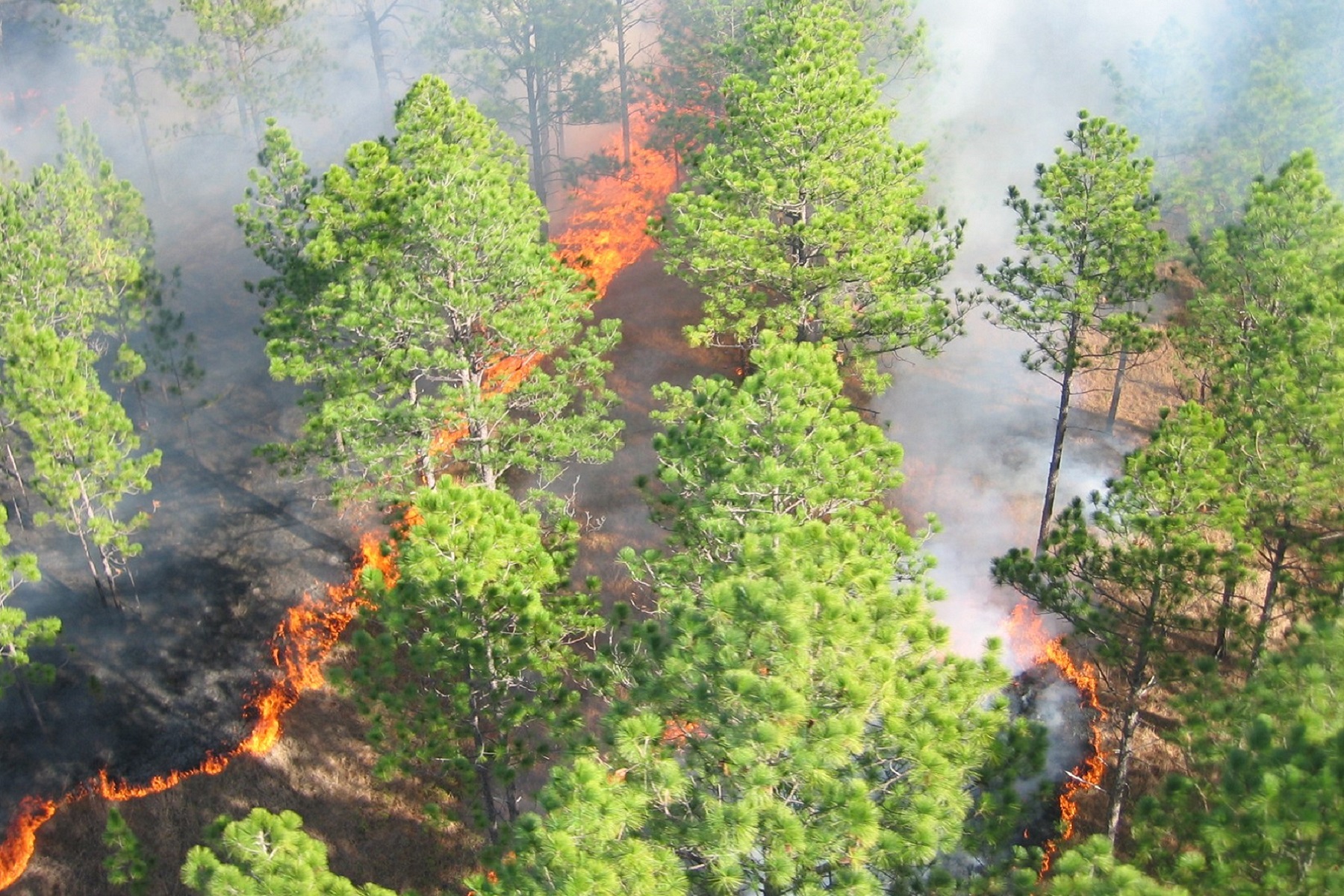The Army Wildland Fire Management Program (WFMP) is considered a critical mission element to minimize the risk of wildland fire to the installation and training and testing lands, as well as personal safety. Managing lands through prescribed burning has significant benefits for fuel reduction, mission and training support, meeting ecosystem management principles, managing smoke for optimal atmospheric conditions and significantly reducing the potential for an uncontrolled wildfire emergency.
Guiding principles applying within Army wildland fire management and include the following:
- Firefighter and public safety is the first priority in every fire management activity.Safety first.Army addresses safety in aspects including ensure training to develop and maintain qualified wildland firefighters, well-informed and tested response plans, suppression strategies and prescribed fire plans, thorough risk assessments, and proactive communication, notifications, and public engagement.
- The role of wildland fire as an essential ecological process and natural changes agency will be incorporated into the planning process. Wildland fire planning is integrated with installation INRMPs so that ecological processes, impacts, and benefits are fully evaluated and leveraged in management planning.
- Fire Management Plans, program, and activities support land and resource management plans and their implementation. Wildland fire management on Army lands not only supports ecological management but ensures sustained use of lands for military training by reducing wildfire risk and extent and increasing accessibility to training lands.
- Sound risk management is a foundation for all fire management activities. Risk and uncertainties relating to fire management activities must be understood, analyzed, communicated, and managed as they relate to the cost of either doing or not doing an activity. Installation fuel and fire risk assessments, cost-benefit analyses of wildland fire activities and projects, and site-specific wildland complexity analyses
- Fire Management Plans and activities are based upon the best available science. Knowledge and experience are developed among all federal wildland fire management agencies creating extensive collaboration opportunities and planning tools that are available to enhance and refine the Army wildland fire program.
- Fire Management Plans and activities incorporate public health and environmental quality considerations. Army evaluates impacts and necessary mitigations through the installation INRMP and National Environmental Policy Act (NEPA) evaluation processes.
- Federal, state, tribal, local, interagency, and international coordination and cooperation are essential. Installations should engage their state and regional federal wildland fire programs to actively seek mutual response, training, resourcing, and other support opportunities to the greatest extent feasible.

Photo: Fort Polk’s NRC personnel proactively manage the forests on post while coordinating with ten to twelve brigade-level rotations annually. Prescribed burning is the most common land management tool used on Fort Polk. The NRC program conducts prescribed burns on over 30,000 acres of land annually.
